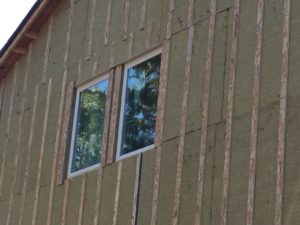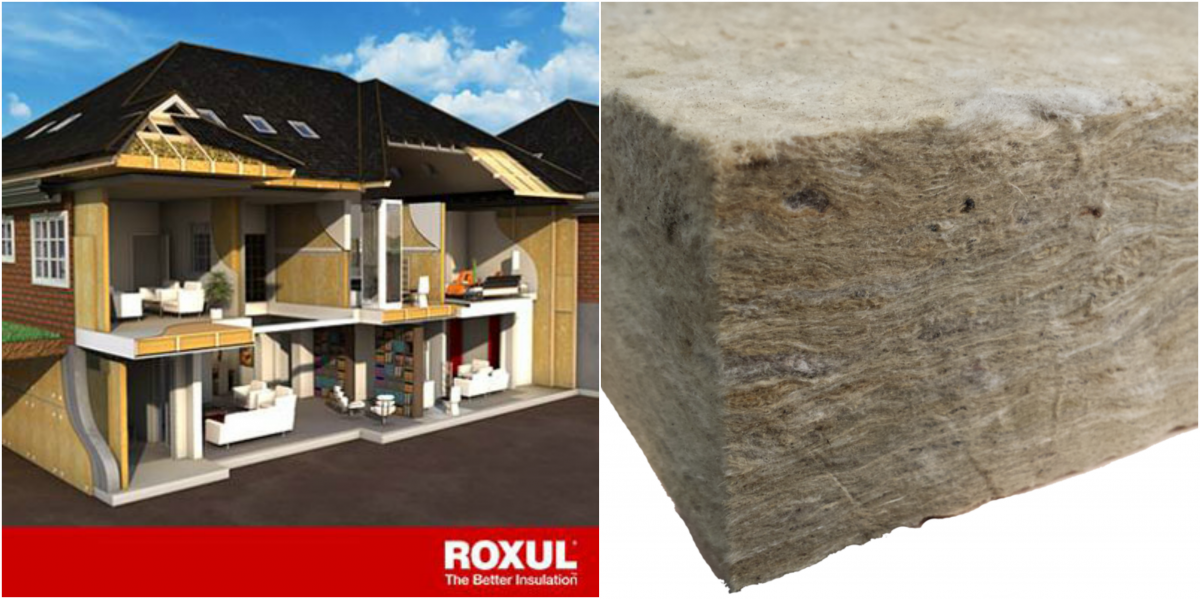Tag: Roxul
-

What is Continuous Insulation and Why Does It Matter?
Let’s start by clearing up a misconception about building envelopes: Buildings need to breathe, walls don’t. If you want a building to be energy efficient and comfortable, you can’t have leaky walls. If you want a resilient building without mold issues, you can’t have walls that trap moisture. With a continuous insulation strategy, however, you…
-

Mineral Wool Insulation: The Naked Truth
Let’s face it. Life is hard. Sometimes, pressures of work, family and bills can kick us in the teeth. And some days, we’re counting down the minutes to get home, kick off our shoes and chill. Maybe relax to some music or zone out with some Netflix. Better still, remove the confines of the day…
